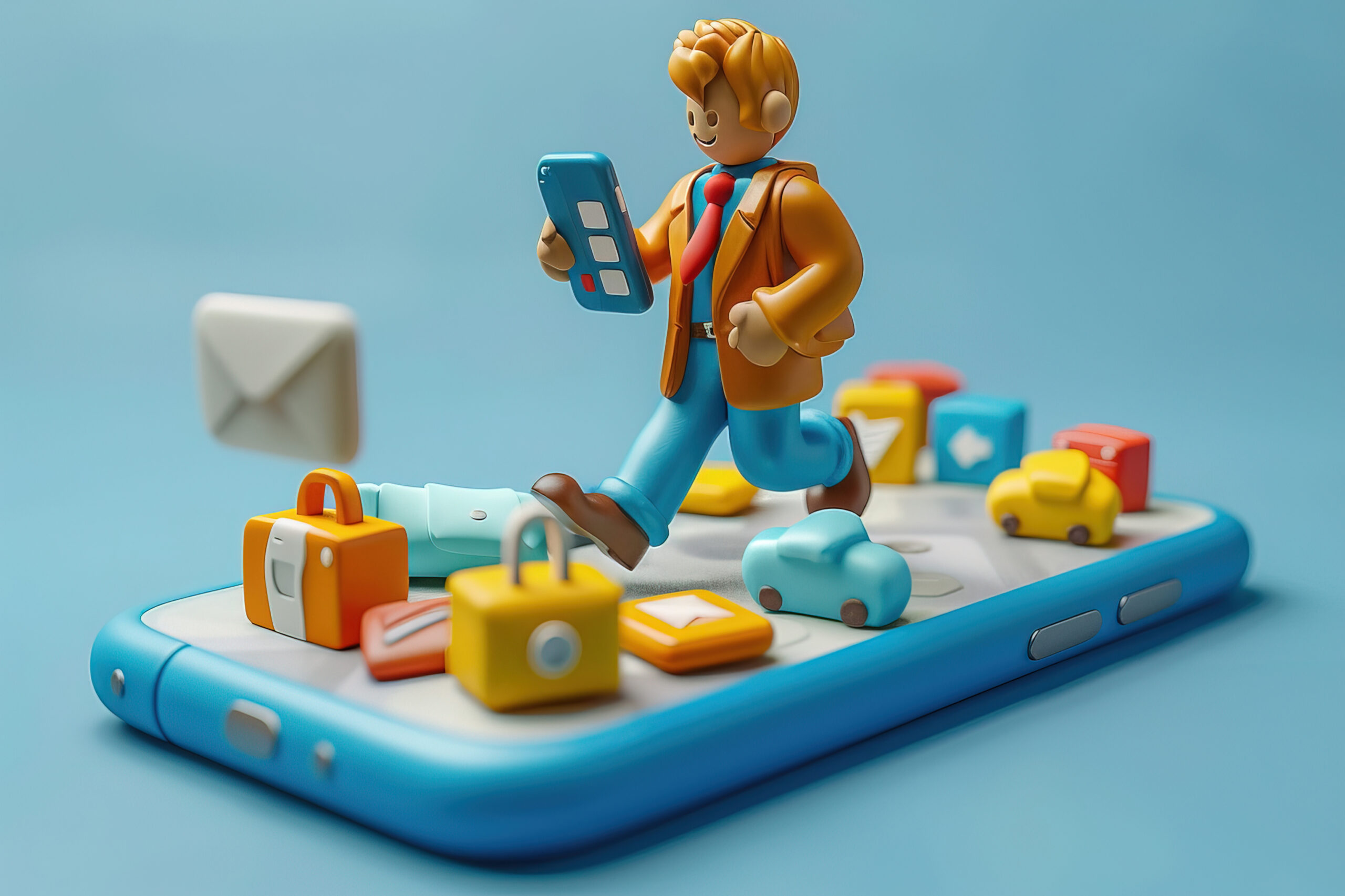In the ever-evolving world of eCommerce, businesses are constantly evolving and seeking innovative ways to engage customers and enhance their shopping experiences. One such strategy gaining momentum is the integration of gamification elements into eCommerce apps.
By infusing gaming elements into the shopping process, businesses are making browsing more enjoyable, driving customer loyalty, and increasing sales. That being said, the demand for an eCommerce app development company is also growing.
The Rise of eCommerce Gamification
Gamification, the application of game-design elements and principles in non-game contexts, has become increasingly prevalent across various industries, including eCommerce. By leveraging elements, like challenges, rewards, leaderboards, and progress tracking, businesses can tap into the innate human desire for competition, achievement, and entertainment.
In the realm of eCommerce, where attention spans are short and competition is fierce, integrating gamification elements into shopping apps has emerged as a powerful strategy to captivate and retain customers. Whether it’s earning points for completing tasks, unlocking achievements for reaching milestones, or participating in interactive challenges, gamification drives a sense of fun and excitement into the shopping experience.
Turning Browsing into an Engaging Experience
At its core, gamification in eCommerce apps aims to make the browsing process more enjoyable and immersive for users. Here’s how it works:
- Rewards and Incentives
By offering various rewards, such as points, discounts, or virtual badges for particular actions, like making purchases, writing reviews, or referral points, businesses can incentivize users to engage with the app more frequently. These rewards not only serve as tangible benefits for customers but also foster a sense of accomplishment and progression, encouraging continued participation.
- Interactive Challenges
Incorporating interactive challenges into the shopping experience adds an element of excitement and intrigue. Whether solving puzzles, completing scavenger hunts, or participating in virtual events, these challenges keep users actively engaged and motivated to explore different app sections.
- Personalization and Progress Tracking
Gamification in eCommerce applications allows businesses to personalize the shopping experience based on each user’s preferences and behavior. By tracking progress, displaying achievements, and recommending relevant products or activities, apps can tailor the experience to suit individual preferences, fostering a deeper connection with users.
- Social Engagement
Introducing social elements such as leaderboards, competitions, or collaborative challenges encourages users to interact with each other and compete for recognition. By tapping into the social aspect of gaming, eCommerce apps create a sense of community and belonging, driving engagement and word-of-mouth promotion.
Benefits for Businesses and Customers
The integration of gamification into eCommerce apps offers a multitude of benefits for both businesses and customers:
For Businesses
- Competitive Advantage: In a crowded marketplace, offering a gamified shopping experience sets businesses apart from competitors and positions them as innovators in the industry.
- Enhanced Brand Loyalty: By rewarding users for their loyalty and participation, businesses can foster emotional connections with their brand, leading to increased customer retention and repeat purchases.
- Increased Customer Engagement: Gamification captures users’ attention and encourages them to spend more time interacting with the app, leading to higher engagement metrics.
- Valuable Data Insights: Gamification provides businesses with valuable insights into user behavior, preferences, and purchasing patterns, enabling them to refine their marketing strategies and optimize their shopping experience.
For Customers
- Fun and Enjoyable Experiences: Gamification transforms shopping from a mundane task into an entertaining and rewarding experience, making it more enjoyable for users.
- Sense of Achievement: Completing challenges, earning rewards, and unlocking achievements instill a sense of achievement and progression, enhancing user satisfaction and motivation.
- Personalized Recommendations: By leveraging gamification data, apps can deliver personalized product recommendations and promotions tailored to each user’s preferences, making the shopping experience more relevant and convenient.
- Social Interaction: Engaging in gamified activities with friends or fellow shoppers fosters a sense of community and social connection, enhancing the overall experience.
Driving User Engagement and Time Spent
In today’s attention economy, capturing and retaining user’s attention is paramount. Gamification techniques, such as progress bars, badges, and leaderboards, create a sense of achievement and progression that keeps users engaged and invested in the app.
By offering rewards for completing tasks or reaching milestones, shopping apps can extend user’s time spent on the platform, increasing the likelihood of conversions.
Concluding Words
In the fast-paced world of eCommerce, standing out from the competition and capturing customer’s attention is crucial for a successful business. By embracing the principles of gamification and infusing their apps with fun elements, challenges, and rewards, businesses can create a shopping experience that not only attracts customers but also keeps them coming back more often.
From personalized recommendations to interactive challenges, gamification has the power to turn browsing into an engaging adventure, creating stronger bonds between brands and customers in the process. As eCommerce continues to evolve, integrating gamification will undoubtedly play a crucial role in shaping the future of online shopping.


